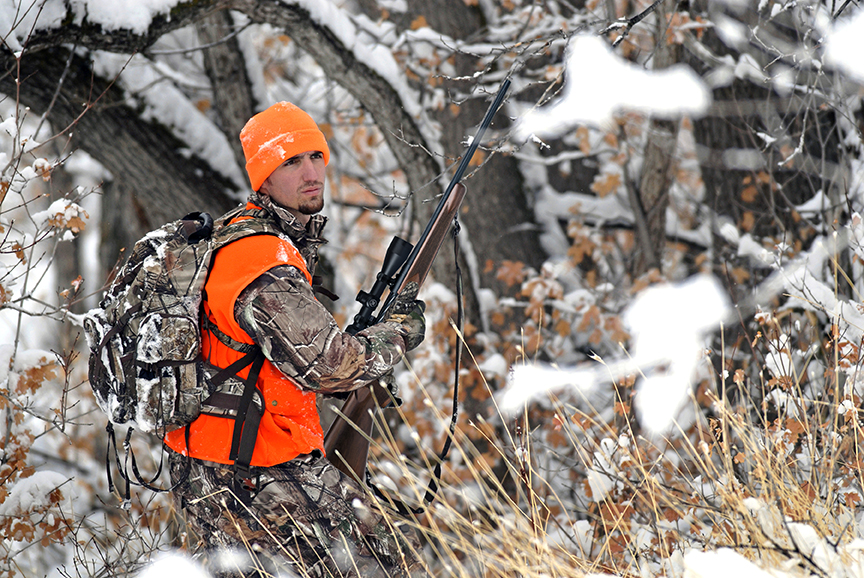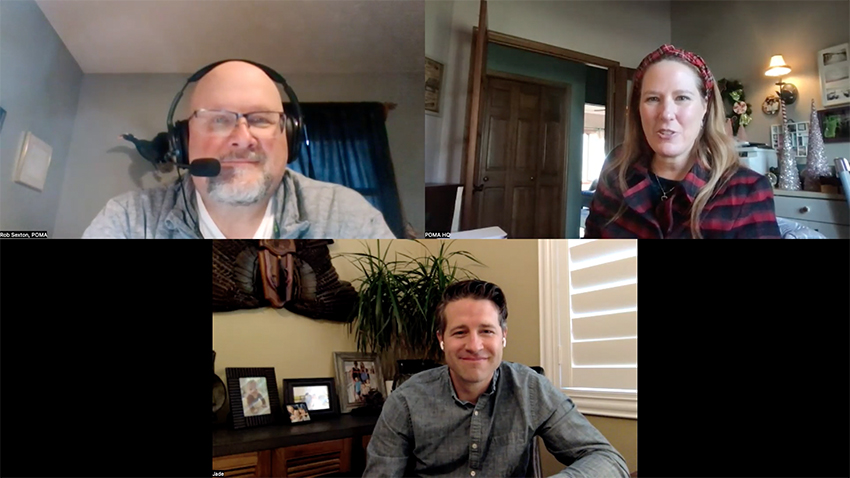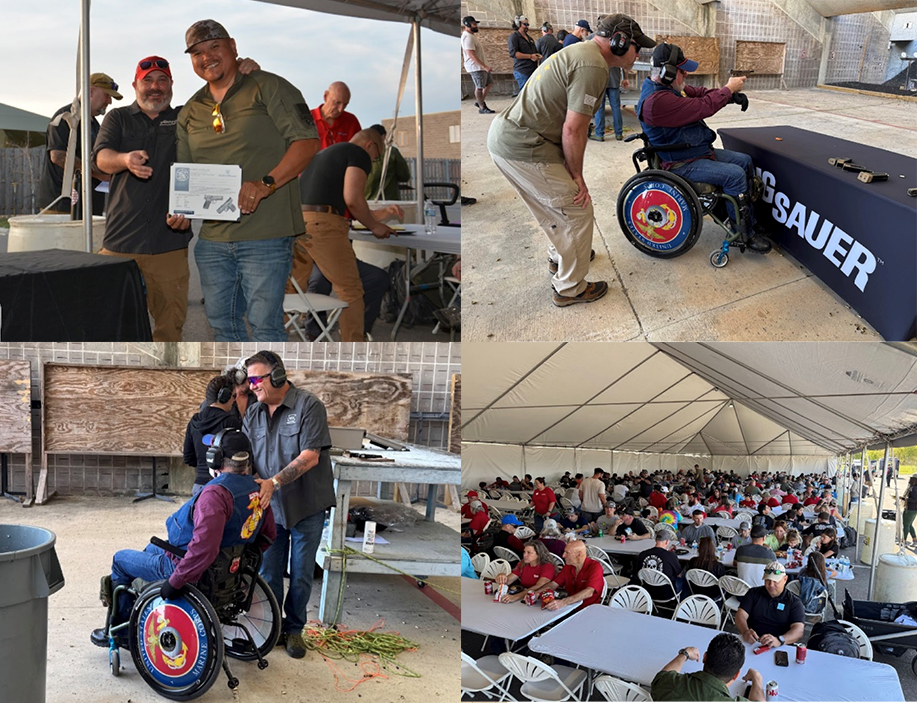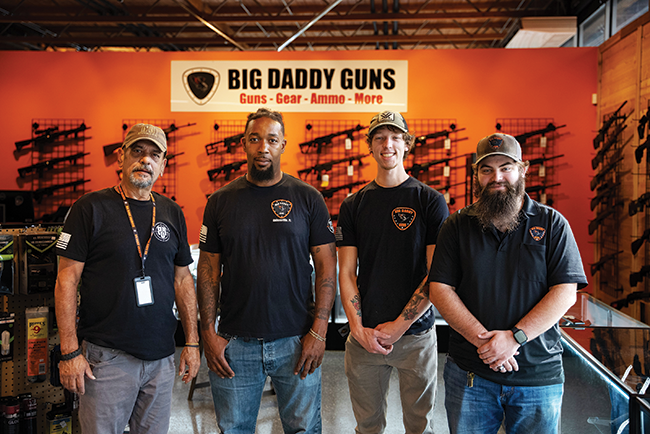How Hunters Are Positioned
To Address Food Insecurity
Gerry Baxter couldn’t have anticipated losing his home of 25 years. The decrepit furnace malfunctioned on a bitterly cold Missouri night and his two-story home burned down to the charred studs. Thankfully, Baxter was away from home at the time, but that didn’t blunt the sharp pain of losing his life’s accumulations in just a couple hours.
In addition to family photos, cherished furniture and a few guns, Baxter also lost a year’s worth of packaged frozen meat, mainly whitetail deer, crappie fillets and wild turkey. Happily, fellow hunters donated venison to his new freezer and feeding himself and his family with wild meat was one concern Baxter didn’t have to fret about.
Every community in America has residents like Baxter, whose needs might not be so suddenly and spectacularly expressed as his. They may be elderly neighbors on a fixed income, or families suffering a father’s or sister’s illness. Maybe they’re chronically underemployed strangers who live across town. Or they’re aged hunters who can no longer physically get afield to collect venison for themselves.
These are all worthy recipients of cut-and-wrapped venison donated by America’s hunters. Each state has some variation on the NRA’s Hunters for the Hungry, whose mission is baked into its name. In some states and regions, you might be more familiar with Buckmaster’s Project Venison, Farmers and Hunters Feeding the Hungry (FHFH), Hunters Sharing the Harvest (HSH), or Sportsmen Against Hunger (SAH). But the upshot is all these programs provide a way to convert healthy, hunter-obtained venison into meals and vital nutrition for our neighbors who might not have the means or funds to acquire their own protein.
The Bigger Picture
The bigger picture is donations of healthy, organic protein have never been more needed. Food insecurity, especially in rural areas, is rampant as grocery stores leave smaller towns and as inflation eats into budgets for critical needs such as food, transportation and health care.
When you consider a whitetail deer can yield 50 lbs. of processed venison and that a single deer can feed up to 200 people, deer donations can make a huge impact in many a family’s food budget. Recent survey data shows that hunters donate nearly 10 million lbs. of game meat annually, which provides approximately 40 million healthy meal servings that help battle food insecurity.
Hunters are uniquely positioned to do more to help close this nutrition gap and tangibly improve the lives of others.
Many hunters donate deer, elk, hogs and other animals to these programs more or less impulsively. They may harvest an extra animal to maintain healthy lands and habitat and then bring the extra harvest to donation centers. As the intermediary between hunters and needy families, NRA’s Hunters for the Hungry program encourages hunters to think ahead during the off-season about how they might contribute to their community’s caloric needs.
Research funded by NRA’s Hunter Leadership Forum revealed that American hunters annually share some 103 million lbs. of harvested game meat with family, friends or others outside their immediate households. But the study also found that many commercial meat processors involved in the NRA’s Hunters for the Hungry network do not receive enough meat donations to fulfill annual needs. Other venison-distribution programs reported similar shortfalls.
The upshot is there is not only a need to harvest additional game in many areas, but that the meat-donation infrastructure has plenty of capacity to respond to an increase in participation.
You can find local Hunters for the Hungry contact information here, but each have in common the requirement that donated game must be legally harvested and it should be properly field dressed. Individual states often have their own requirements; some require donations to test negative for chronic wasting disease.
Plan Ahead For Antlerless Harvests
In many Western states, you’ll need to apply for special hunting permits prior to the season. While much attention is on trophy bull and buck opportunities, antlerless permits are also distributed in draws in many areas. These doe and cow tags are not only important tools for wildlife managers to affect ungulate populations, but they’re relatively inexpensive, generally have high draw odds in tag lotteries and they can extend hunters’ seasons. They are also literally tickets to abundant and tasty wild meat.
If you live in a state that distributes antlerless tags closer to the season, think about picking up a couple in order to participate in game meat-donation campaigns.
Whether you draw or buy, the common element is a plan to distribute your anticipated surplus of game meat. Here’s a checklist to consult:
First, check out Hunters for the Hungry or other meat-distribution networks near your hunting grounds and make off-season contact with designated representatives.
If you intend to donate to a local food bank, consult its guidelines for eligibility. Some food banks require donations to be processed by a USDA-certified processor.
Next, see if there are local resources to defray processing costs. Some local rod-and-gun clubs will help hunters close their community’s food-insecurity gap. Similarly, many state wildlife agencies allow hunters to donate to game meat-donation programs when purchasing licenses. This money helps to cover the cost of processing donated animals.
If you intend to make a private donation of your venison, check with the recipient to see how they’d like their meat. Some prefer whole-muscle cuts, others burger, while single-person households might want smaller portions of wrapped meat.
Be sure to spread the word on your game meat donations. Hunters provide many positive contributions to society but are not always good at communicating them. From being primary funders and stewards of wildlife conservation to feeding the hungry, there is a lot for hunters to be proud of.
NRA started a campaign in Nov. 2023 called “National Wild Game Meat Donation Month” to shine a light on hunter donations so, make sure to let folks know about your donations.
It hardly goes without saying, but donations of meat should include prime cuts. Don’t keep the best for yourself and donate the rest.
The result to donors is a reconsideration of the real value of a deer, elk or hog … For the recipients of pounds of healthy, organic, tasty meat, this cherished gift of meals is the true measure of a trophy deer, antelope or elk.
Editor’ Note: This article is courtesy of the Outdoor Industry Communication Council (OICC), which is managed by Outdoor Stewards of Conservation Foundation (OSCF) and Wildlife Management Institute (WMI). A primary goal of the OICC is to better inform and promote the positive contributions that wildlife agencies, industry manufacturers, NGO’s and end users such as hunters, anglers, trappers and target shooters make to conservation. To become a member of the Outdoor Industry Communication Council, contact Jim Curcuruto of OSCF (203) 450-7202 jim@stewardsofconservation.org or Jon Gassett of WMI at (502) 330-9025 jgassett@wildlifemgt.org. There are no costs involved to become a member of the OICC.




